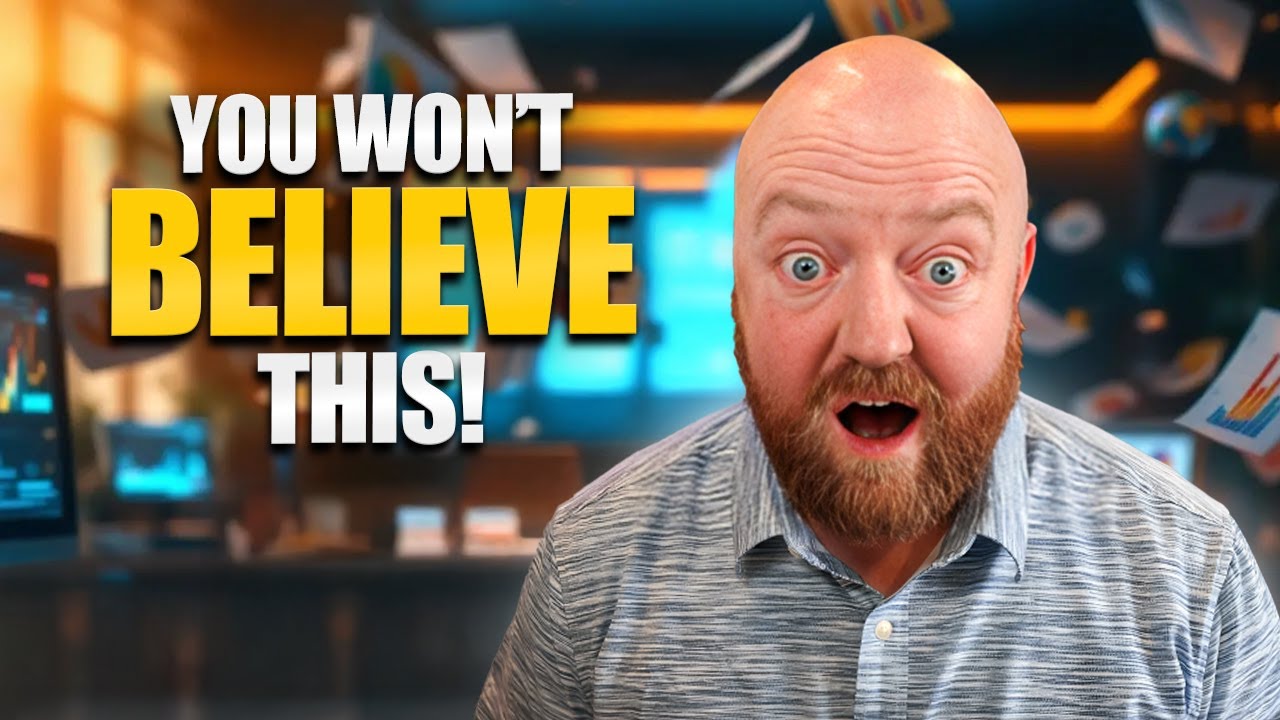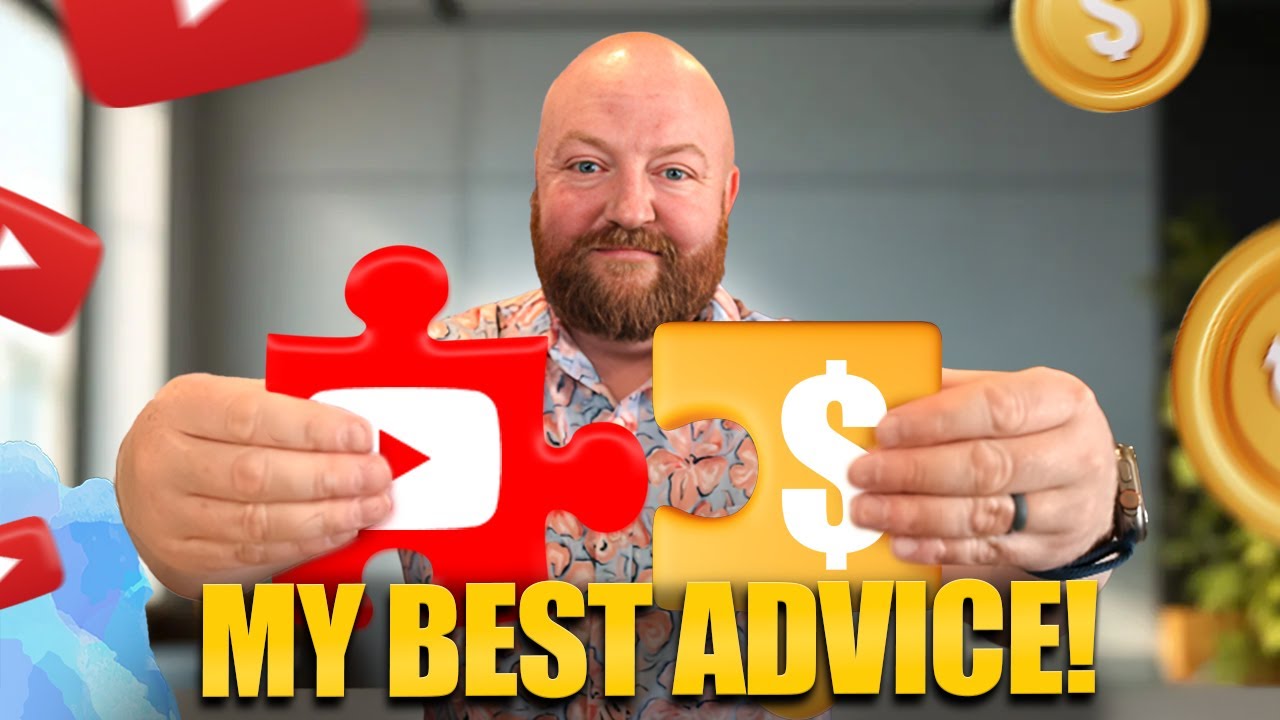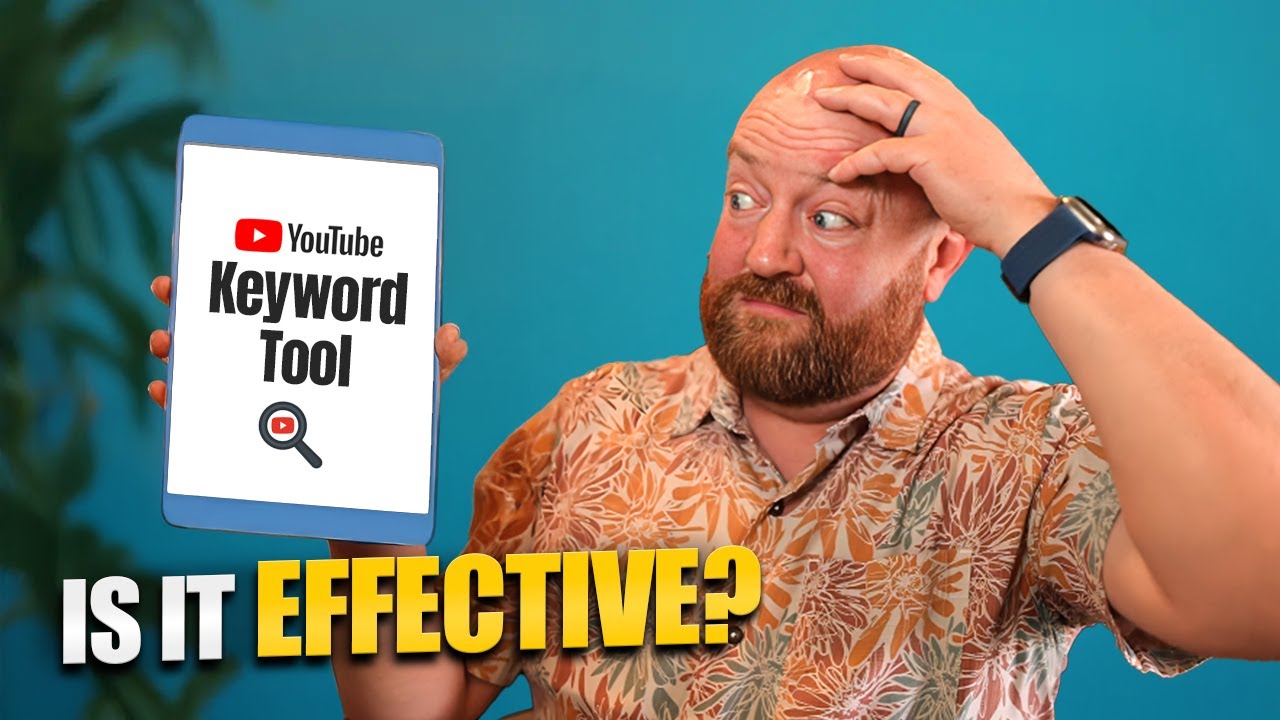Big news for aspiring YouTubers! The YouTube Partner Program (YPP) has some significant updates for 2025, making it easier than ever to start earning from your content. In this episode, we’ll break down the benefits of the YPP, discuss realistic revenue expectations, and guide you through the updated qualification process. By the end, you’ll have a clear understanding of what it takes to join the program and potentially build a sustainable income on YouTube. Let’s get started!
Why the YouTube Partner Program is a Game-Changer
The YouTube Partner Program was a stroke of genius by YouTube and, in my opinion, is the primary reason for its unparalleled success in the video platform landscape. Unlike other platforms, YouTube created a true partnership with content creators.
YouTube generates revenue through advertising. Advertisers pay to have their ads displayed alongside the videos that creators like you and I upload. The brilliance lies in the revenue split: YouTube shares 55% of the advertising revenue with the creators. This fosters a vested interest for creators to see YouTube succeed, as their own success is directly linked to the platform’s growth. Furthermore, YouTube provides creators with the tools and resources needed to understand what works and what doesn’t, empowering them to thrive.
Realistic Ad Revenue: Examples from the Field
To give you a tangible idea of potential ad revenue, let’s look at an example. I manage over 60 different YouTube channels. One of them belongs to Noelle Randall, a real estate investor who educates others in her field. In November, her channel achieved a record month, generating over $46,000 in ad revenue. This represents YouTube’s 55% share from approximately 2 million views that month. While this is a significant amount, it’s crucial to understand the broader revenue potential of YouTube.
Interestingly, Noelle’s business likely generated around $2 million in revenue from those same 2 million views. This highlights the power of YouTube beyond just ad revenue. Let’s break down the difference between ad revenue and business revenue.
Ad Revenue vs. Business Revenue: A Closer Look
Using Noelle’s $46,000 in ad revenue from 2 million views, we can calculate a CPM (Cost Per Mille, or cost per 1,000 views) of $23. This is a strong CPM, as many channels are happy with a $10 CPM.
However, the real power of YouTube often lies in its ability to drive business revenue through lead generation. For Noelle’s channel, the primary traffic source we focus on is YouTube search. In that same record month of November, out of the 2 million total views, nearly 85,000 came specifically from search. These are individuals actively seeking information on real estate investing, aligning perfectly with Noelle’s expertise.
Our data suggests that for every 1,000 views from search, Noelle might generate around 50 leads. Conservatively, these 50 leads could lead to 15 conversations and ultimately five sales. If each sale averages $2,000, that’s $10,000 in revenue from just 1,000 search-driven views. Applying this to the 84,000 search views in November, the potential business revenue could be around $840,000 – and in reality, it was even higher. This illustrates the immense potential of leveraging YouTube to generate qualified leads for your business.
Effective Calls to Action: Driving Lead Generation
The key to converting viewers into leads lies in strategic calls to action within your videos. Here are a few examples:
- Free Plus Shipping Offers: Presenting a valuable book or resource where viewers only cover the printing and shipping costs. This is often linked both verbally and as a clickable end screen element and within the video description.
- Mentioning Lead Magnets: Integrating mentions of free toolkits, guides, or other valuable resources within the video content, with corresponding links in the description.
- Dedicated Landing Pages: Utilizing specific domain names that redirect to landing pages optimized for lead capture. These are often promoted visually within the video.
It’s generally recommended to have one primary call to action per video to avoid overwhelming viewers. While direct lead generation calls to action are crucial, sometimes the call to action might simply be to watch another relevant video on your channel to keep viewers engaged.
Changes to the YouTube Partner Program Requirements (2025)
Now, let’s get to the exciting part: the updated requirements for joining the YouTube Partner Program in 2025. The previous requirements, which had been in place for a long time, were 1,000 subscribers and 4,000 hours of watch time within the past year.
Great news! These requirements have been lowered. As you can see in the YouTube Analytics for a new channel, the updated eligibility now stands at:
- 500 subscribers (down from 1,000)
- 3,000 hours of watch time within the past year (down from 4,000)
- OR 3 million Shorts views within the past 90 days.
This change makes it significantly easier for new creators to qualify for the YPP and start monetizing their content through ads. While ad revenue might be a welcome bonus that can even cover production costs, the real power of YouTube for many lies in its ability to generate business leads.
How to Apply to the YouTube Partner Program
Once your channel reaches the new eligibility thresholds (500 subscribers and 3,000 watch hours or 3 million Shorts views), the “Get Notified” button in your YouTube Studio’s “Earn” section will likely change to “Apply” or a similar call to action. After applying, you can typically expect a response within a couple of days, and if you meet the criteria, you should be approved for the YouTube Partner Program.
For those focused on leveraging YouTube for lead generation, like the over 60 channels I manage, the primary strategy is to rank videos at the top of YouTube search. This drives significant search traffic, connecting you with viewers actively seeking information related to your niche.
If you’d like to learn more about our specific strategies for ranking videos and generating leads through YouTube search, I highly recommend watching my video, “My YouTube SEO Secret Strategy,” which I’ll link right here.




